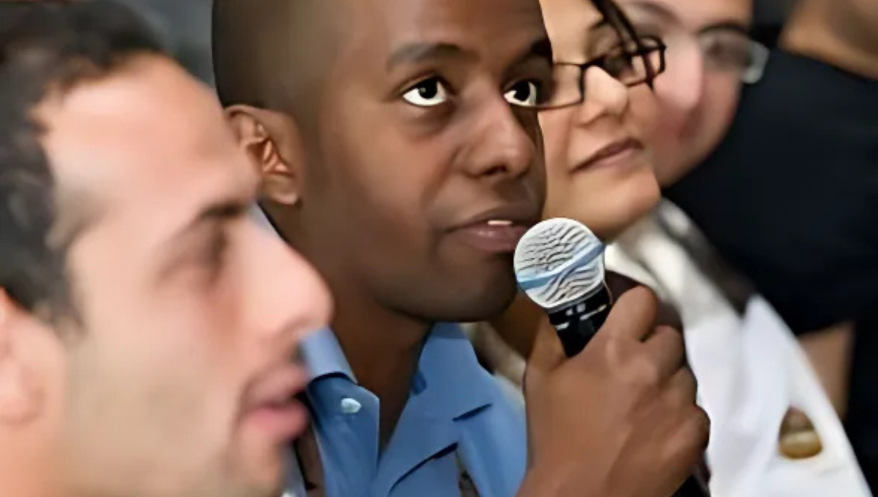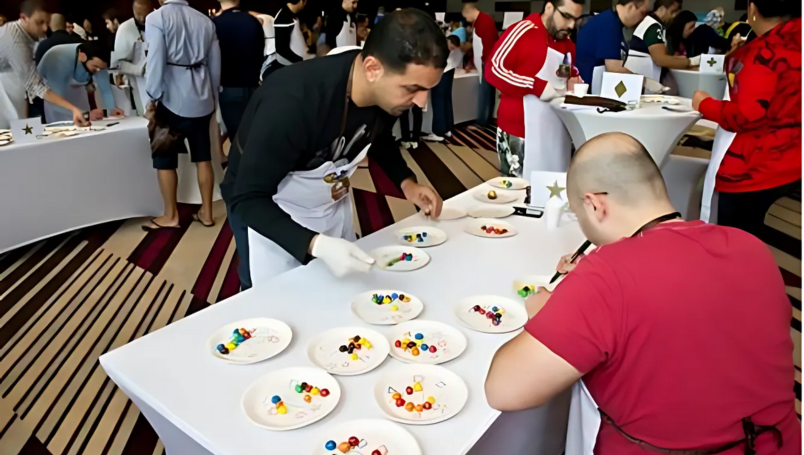Team building has long evolved from fun-filled activities to tools that can drive measurable behavioral change within teams. While energizing activities are important for team morale, the real value of team building lies in its potential to create paradigm shifts—the moments when participants fundamentally change how they approach challenges, collaboration, and decision-making in the workplace.
At Turnaround, we’ve developed a structured approach to team building that not only focuses on experience but also on creating a lasting impact through paradigm shifts. Here’s how we do it.
Step 1: The Power of Experience
Every journey toward a paradigm shift begins with experience. Our structured workshops are designed to provide participants with opportunities to act, collaborate, and engage under different conditions. These activities are more than just fun exercises—they are strategically chosen to create real-life scenarios where participants’ behaviors, decision-making, and interactions are put to the test.
This phase creates the raw material for reflection and growth—the core of Kolb’s experiential learning cycle—and provides the “concrete experience” participants need to engage with the process.
Step 2: Reflection – Understanding the Paradigm
The key to transforming experience into insight lies in reflection. After each activity, we guide participants through a reflection process with each activity is mapped against a competency framework. We either use a standard set of competencies that measure general team performance or customize it based on the specific goals of the client. As we like to say, “Change the Competency, Change the Outcome.” For example, if the client wants to focus on decision-making under pressure, the competencies guiding the activity will target those behaviors.
This reflection helps them understand how they operate in high-pressure or collaborative environments and introduces the idea of a paradigm—the set of beliefs or habitual ways of thinking that dictate their behavior.
During this phase, we prompt deeper thinking through open-ended questions. While the competency framework guides the initial reflection, we encourage participants to explore their personal reactions and insights. Questions like, “How does this activity mirror what happens at work?” foster self-awareness and challenge them to see their default patterns.
This reflection is crucial in making participants aware of their current paradigms—often the first step toward challenging them.
Step 3: Challenging the Status Quo – Breaking the Paradigm
Once participants have reflected on their behaviors, we introduce the idea of efficacy or performance—how well their current behaviors align with the business expectations of the organization. This is where the paradigm is truly tested.
We use targeted questions such as, “How will these behaviors help you achieve the business goal of XYZ?” to prompt participants to assess whether their existing approaches are effective. This is often where participants experience an “Aha moment”—when they realize that their habitual behaviors may not be conducive to achieving their business objectives.
This is the moment when the paradigm breaks—where participants begin to see the limitations of their current ways of thinking and working. By connecting their behaviors to real business outcomes, they can no longer ignore the gaps between what they’re doing and what’s needed for success.
Step 4: Creating New Behaviors – The Paradigm Shift
With the old paradigm broken, participants are now ready to build new behaviors. This is the critical stage where reflection and insight are translated into action. We help participants focus on what needs to change through questions like, “What do you need to do differently to address this gap?”
This final phase aligns with Kolb’s Abstract Conceptualization and Active Experimentation phases—where new ideas are formed, and participants experiment with different behaviors to achieve their goals. They begin to see new possibilities for how they can approach their work, their teams, and their challenges.
By the end of the process, participants leave not just with the memory of a fun activity but with a new mindset and a concrete understanding of how their behaviors can shift to better meet business goals.
Conclusion: From Experience to Change
In today’s fast-paced business world, fun activities alone aren’t enough to drive team success. To create lasting change, team building needs to be outcome-focused, with a structured process that leads to paradigm shifts. At Turnaround, we’ve designed our programs to guide participants from engaging experiences to deep reflection, culminating in shifts in behavior that directly impact their performance in the workplace.
Through our approach, we ensure that every activity has a purpose—not just to entertain, but to create transformative





